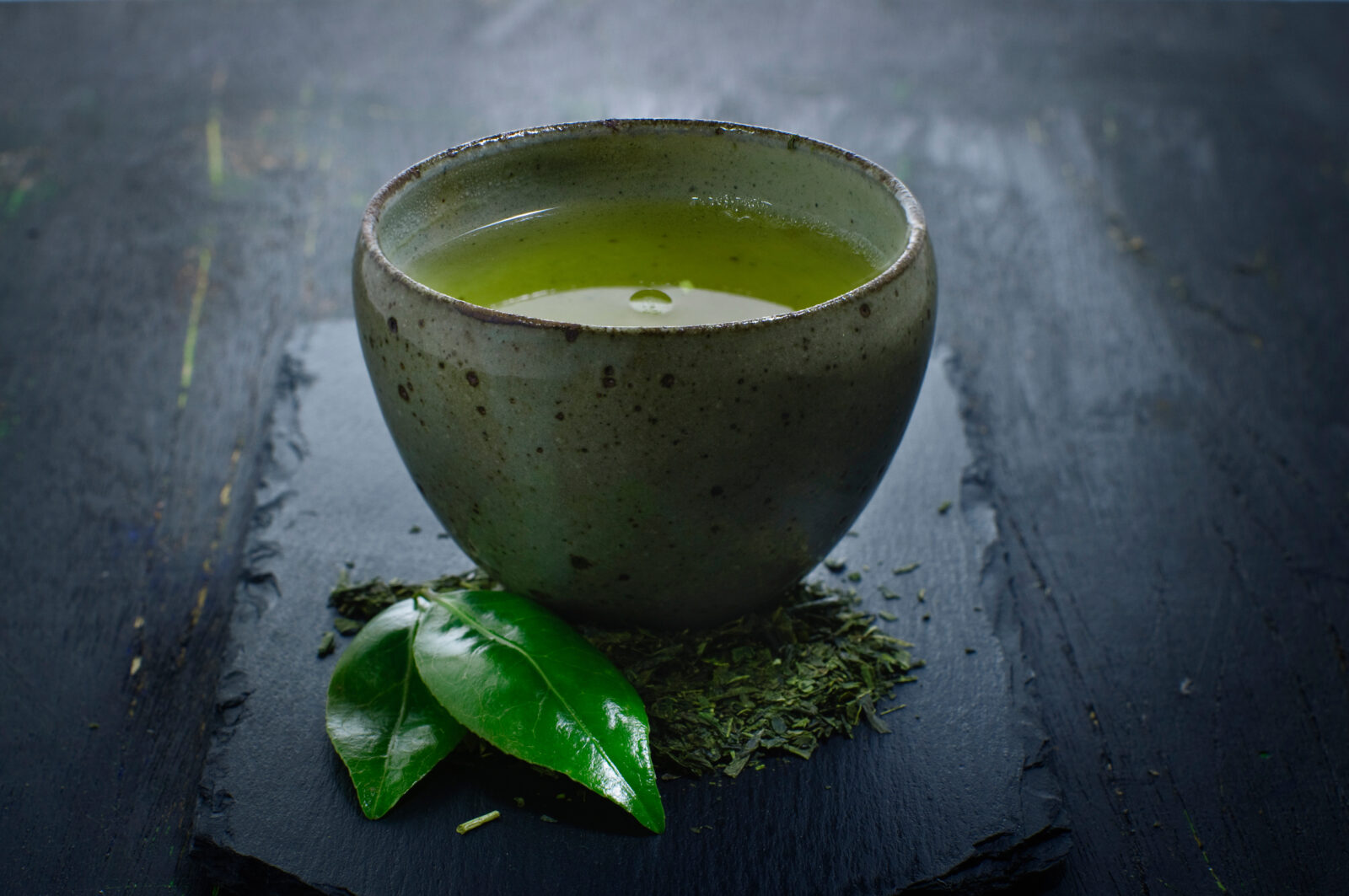Aesthetics, Artisanship Hallmarks of Finest Japanese Teas
Rigorous attention to detail. Apprenticeships for mastering crafts like pottery and whiskey-making that last for years. Obsessive focus on ingredient integrity.
What country is especially renowned for all of the above? Japan. It’s small, spread out across 421 inhabited islands (Japan claims a total of nearly 7,000 islands), densely populated, and famous for its commitment to quality. The preoccupation with everything from aroma to design touches many aspects of life in Japan, including tea.
Where the birthplace of tea, China, supports hundreds of different teas, the range is tidier in Japan. Most people drink green tea. Black, white and oolongs are available, but their consumption pales in comparison to green. In China, by contrast, greens remain the most popular, but the markets for the other main categories is robust.
As with so many aspects of Japanese culture, the teas are unique. And the best of them are among the finest in the world. In fact, tea and the famous Japanese tea ceremony (chadō) stands as one of the three classical Japanese arts of refinement. Incense appreciation, or kōdō, and flower arranging, called ikebana, are the other legs of the stool.
Kōdō
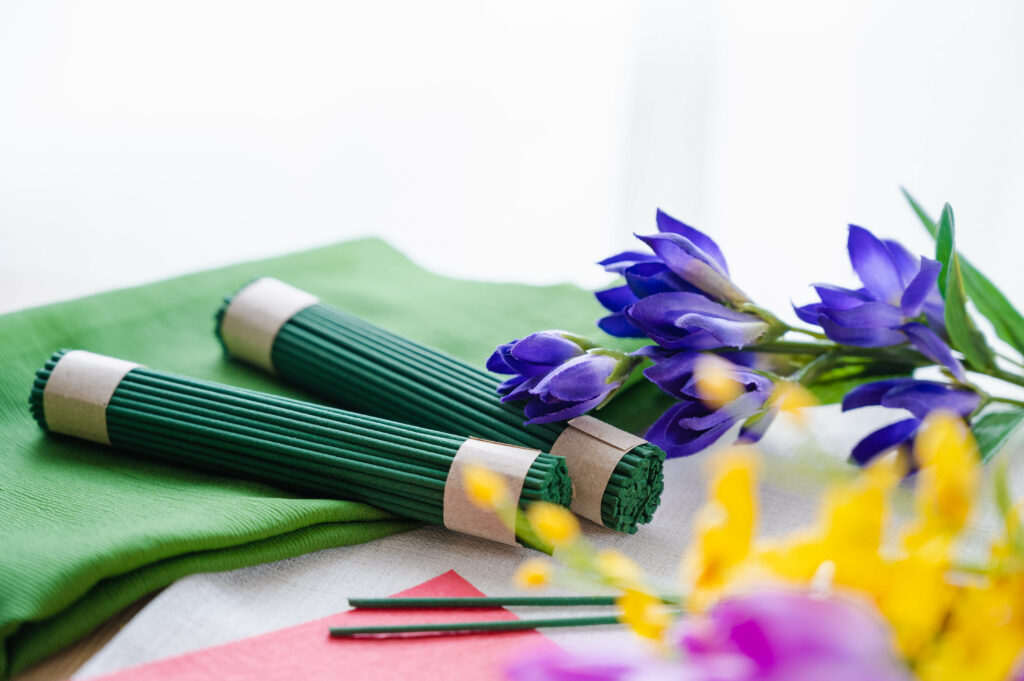
Incense appreciation dates back to 6th century, with the discovery of excellent-smelling agarwood on Japan’s Awaji Island. By the time of the samurai in the 13th century, warriors would use incense to purify their minds before battle. During the late Muromachi period, in the 16th century, the samurai’s appreciation of incense developed into kōdō, or the art of savoring incense. Tenets of incense appreciation that developed then, called the Ten Virtues of Kō, persist today.
They include:
- Sharpens the senses
- Purifies the body and the spirit
- Eliminates pollutants
- Awakens the spirit
- Heals loneliness
- Calms in turbulent times
- Is not unpleasant, even in abundance
- Even in small amounts is sufficient
- Does not break down after a very long time
- A common use is not harmful
As with so many Japanese arts of appreciation, kōdō reflects something simple: a wand or cone of incense. But the care and attention that go into crafting different woods and botanicals into kōdō-worthy incense is demanding and exacting, and learning to properly enjoy the aromas is also complex.
Kōdō also illustrates the Japanese reverence for harmony: appreciating kōdō involves a dance of fragrance, the senses, the human spirit and nature.
Ikebana
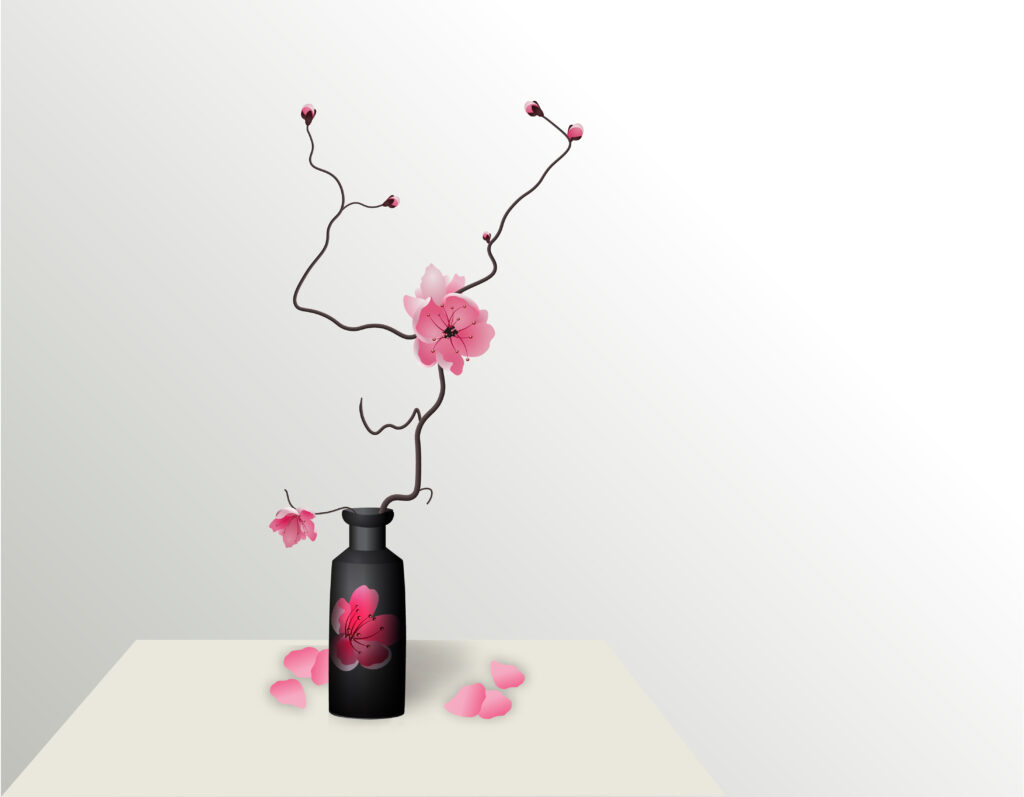
Ikebana, which means “making flowers come alive” in Japanese, is an iconic Japanese practice, an approach toward working with living and evolving natural elements that receives inspiration from painting and sculptural arts.
Masters of the elegant, haunting practice use flowers, branches, greenery and more to convey specific emotions, such as awe and calm. As with kōdō, it also rests on a foundation of principles:
- Silence
- Minimalism
- Shape
- Form
- Humanity
- Aesthetics
- Structure
The Buddhist concept of wabi-sabi infuses everything about ikebana, just as it does for kōdō, chadō and many other Japanese pursuits, from sushi-making to calligraphy. A wabi-sabi approach toward the world accepts transience and imperfections as normal — as nature. So with ikebana, when a petal falls into the water, ikebana artisans and enthusiasts embrace it, rather than whisking away the petal in pursuit of “perfection.” With wabi-sabi, perfection is found in the imperfect.
In last week’s blog we discussed matcha, the powdered green tea that is central to the Japanese tea ceremony called chadō, and one of the pillars of the three Japanese arts of refinement
Given tea’s central importance to Japanese culture, we now explore the island nation’s finest teas, other than matcha.
Sencha
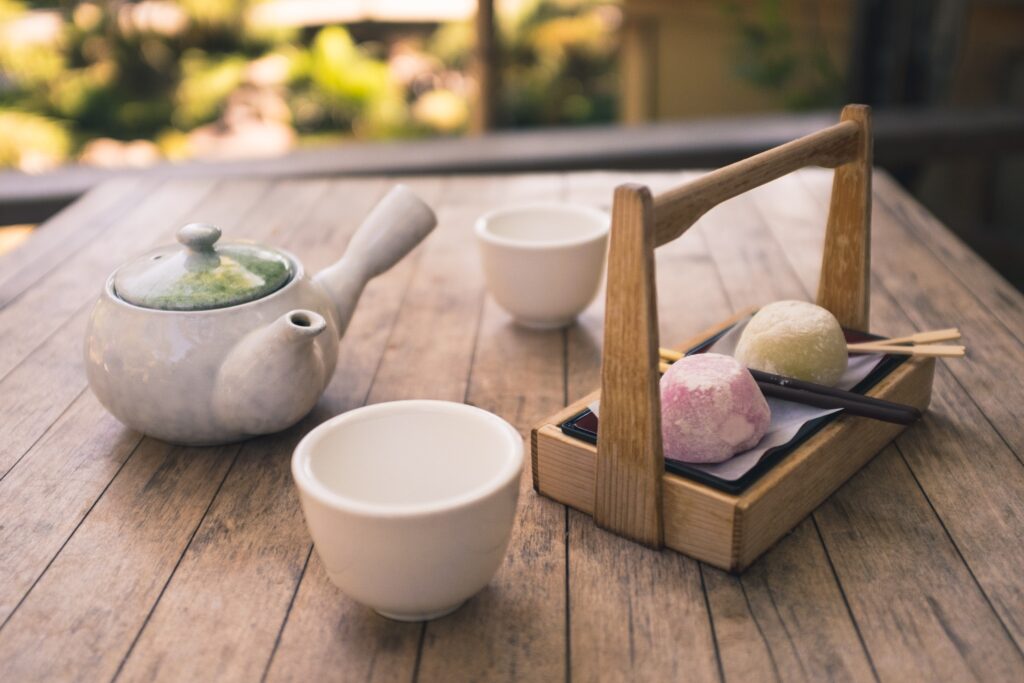
The most popular tea in Japan, representing about 80 percent of the tea produced in the country, sencha is whole-leaf green that people sip throughout the day.
Where the famous Japanese green tea matcha, as well as other whole-leaf styles like gyokuro, are brewed from leaves that spent time in shade prior to harvest, sencha teas are either shaded for briefer durations or not shaded at all.
Flavor differences between senchas revolve in part around when they were harvested, as well as the location of the tea plantations. Sencha tea called “shincha,” or “new tea,” comes from the first flush of leaves and buds of the year, in the spring. It is highly prized.
Tea artisans steam all sencha leaves to arrest oxidation, which differs from the traditional Chinese method of roasting leaves. The result: senchas offer more vegetal, grassy flavors. It’s even possible to detect seaweed notes in some senchas.
Fine Japanese Teas: Kabuse Sencha
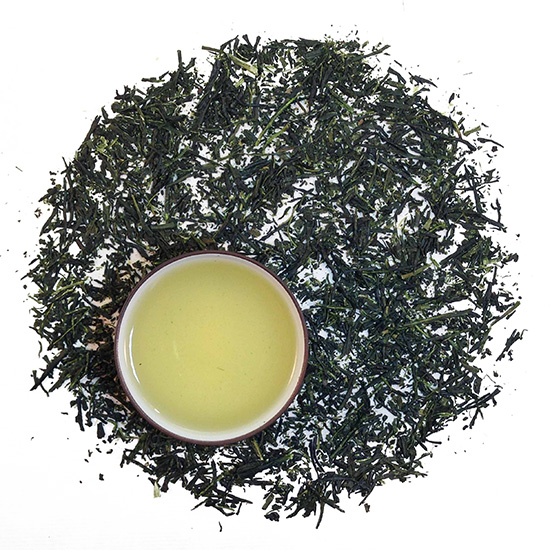
Meaning “Crest Tea” in Japanese, kabuse sencha is another form of sencha, like gyokuro, that sees a fair bit of shade prior to harvest. Kabuse sencha is superb tea, gathered only once a year in early spring from especially superb tea plants. The tea offers creamy notes and loads of umami; it pairs well with the same umami-rich foods that complement gyokuro.
Fine Japanese Teas: Organic Sencha
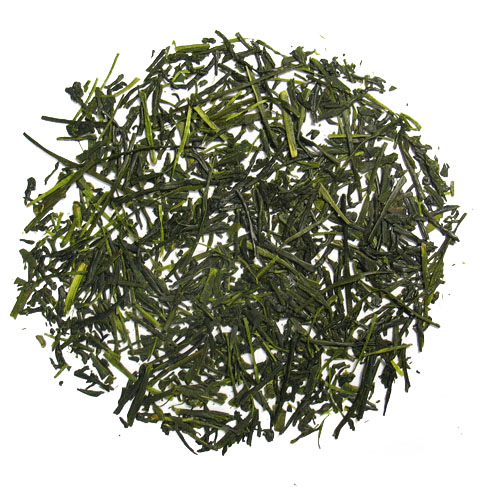
Whenever we are in a sencha mood — routinely — we often turn to this wonderful sencha from Shizuoka, Japan. Artisans in the prefecture, on the south coast of Japan and responsible for 40% of Japan’s green tea, pick tea leaves in early spring, and then steam and lightly roll them into needles. The brew is mellow, refreshing and sweet, with an enchanting and lingering buttery finish.
Fine Japanese Teas: Gyokuro

Technically a type of sencha, gyokuro, which means “jade dew” in Japanese, is brewed from tea leaves that have spent as much as a month under shade, prior to harvesting. The shading process mellows some of the tea’s natural bitterness, boosts caffeine and preserves the tea’s green color.
Our Gyokuro Superior green tea comes from shaded tea bushes that are harvested by hand just once a year, in early spring. Once plucked, the leaves are immediately steamed, dried and rolled into distinctive shapes resembling pine needles. The tea is grown in Hoshino, Fukuoka.
Gyokuro offers delicate flavors and a slightly sweet aftertaste, and is high in umami, one of the core five tastes, including bitter, sour, sweet and salty. As such, the tea pairs wonderfully with other umami-rich foods, like mushrooms, soy sauce, oysters, tuna and seaweed.

